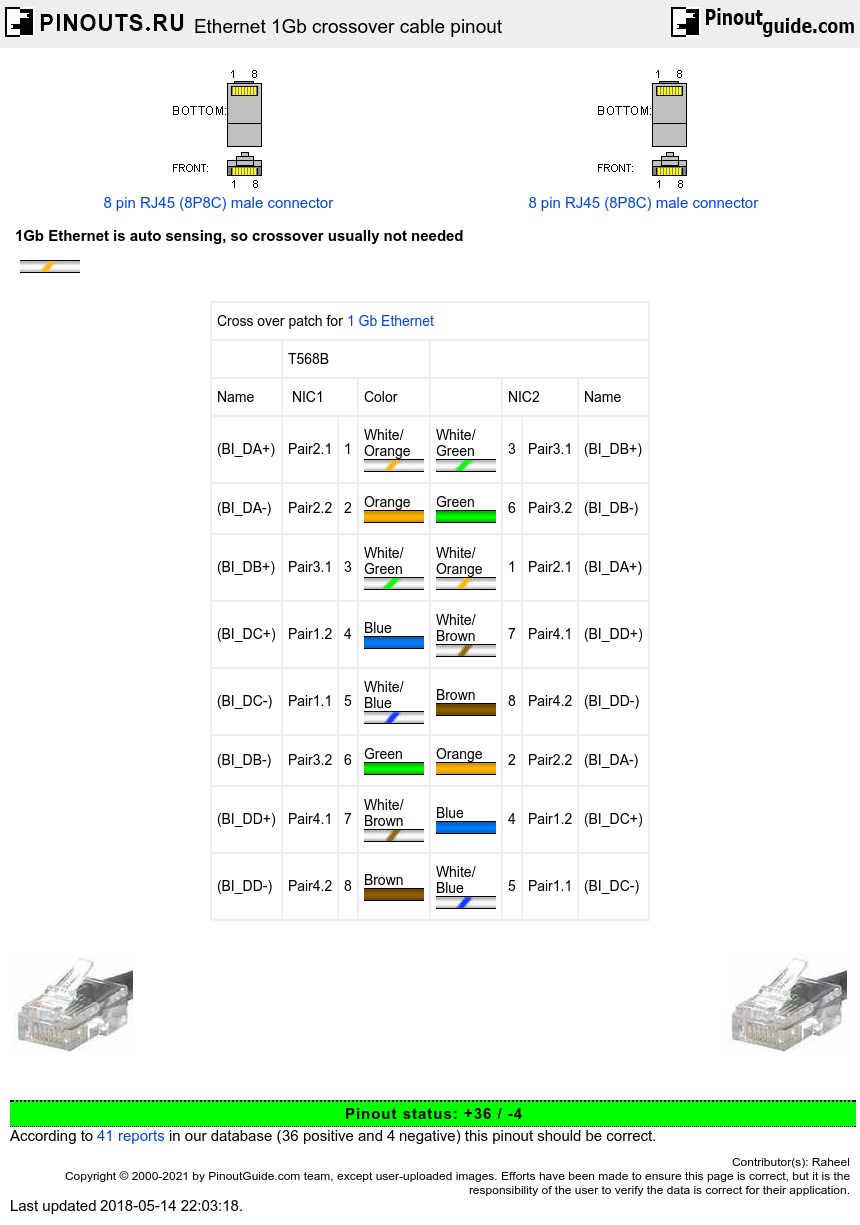
They are Cat5, Cat5e, Cat6, Cat6a, and Cat7. There are 5 different types of Ethernet cables available on the market today. The solid cables are more useful for use in fixed locations with the stranded cables better at flexible desktop use. There are two main categories of Ethernet cables - braided stranded cables and solid cables. Those inventions, which have become indispensable in the modern age, would have been impossible without the network connectivity made possible by Ethernet cables. Switches and hubs send data on pins 3+6 and receive on pins 1+2, whereas PCs, routers and WAPs send on 1+2 and receive on 3+6.Without Ethernet cables, the World Wide Web and the Internet as we know it could not exist. DCE and DTE devices send and receive data on different ports. The rationale behind Crossover Cable is since different devices TX and RX and different pins (i.e. Straight Cable is the most common type in LAN and WAN IT Networking.Below is the pin connectivity of Straight-Through Cable across its both ends –Ĭrossover Cables are very much like Straight-Through cables with the exception that TX and RX lines are crossed (they are at opposite positions on either end of the cable).Ĭrossover cables are more commonly used to connect a computer to a computer or 2 or more switches together and maybe a little harder to find since they aren’t used nearly as much as straight-through cables. When we talk about patch cables (Cat5, Cat6, Cat6A etc.), the Straight-Through wired patch cable is used to connect computers, printers and other network client devices to the router switch or hub. Straight-Through wired cables are most commonly used to connect a host to a client or in other words between DCE and DTE equipment. In other words Pin 1 connector A goes to Pin 1 on connector B, Pin 2 to Pin 2 and so on.

Straight-Through cables are those which have pin assignments on each end of the cable. Below detail will try to share some insight into both the Straight-Through and Crossover cable types : Straight-Through Wired Cables – Infact many times end to end connectivity fails when the correct type of cable is not used.

While discussing pin connectivity of LAN Cables, we generally come across queries on the difference between Straight-through and Crossover LAN Cables.


 0 kommentar(er)
0 kommentar(er)
